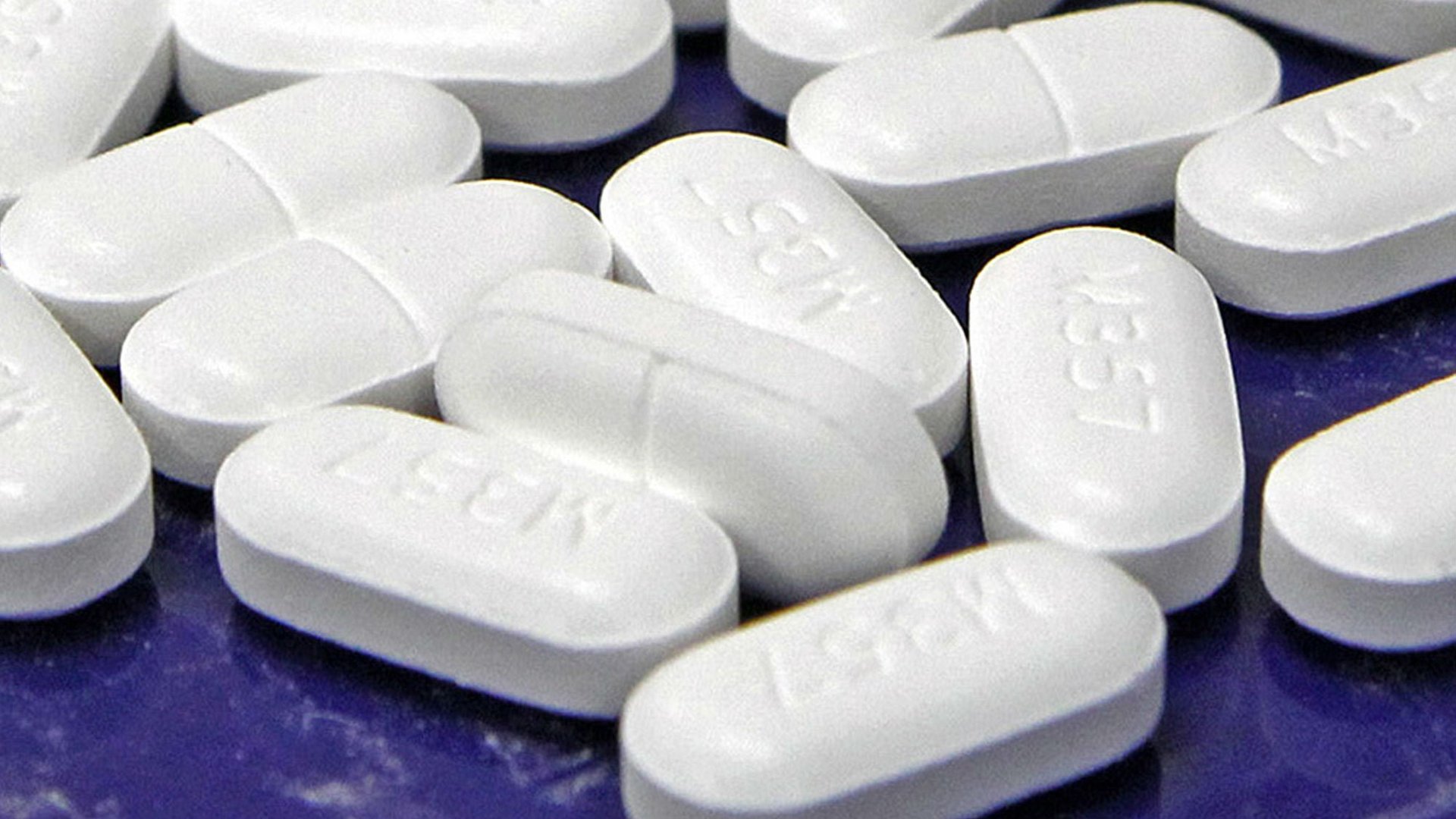A 1980 letter—shorter than this post—helped fuel the US opioid crisis
On Oct. 26, Donald Trump finally declared the opioid crisis a public health emergency. This means that federal agencies have officially been directed to spend more money over the next 90 days on combatting addiction.


On Oct. 26, Donald Trump finally declared the opioid crisis a public health emergency. This means that federal agencies have officially been directed to spend more money over the next 90 days on combatting addiction.
Between 2000 and 2015, there were more than 500,000 deaths related to opioid use. According to a provisional report from the Centers for Disease Control and Prevention (CDC), opioids killed more than 60,000 Americans (pdf) last year alone, almost double the number of deaths in 2015.
It all started innocently enough. Doctors and surgeons in the late 1970s and 80s were concerned about patient pain levels. To alleviate any undue suffering, they started looking at opioid painkillers, which are highly addictive. A person could develop a dependency on the drug while taking their prescription, and then turn to heroin to get a fix when it runs out. If taken in high enough quantities, opioid painkillers can fatally depress the body’s ability to breathe. But back then, the research wasn’t as clear.
In fact, some doctors thought they weren’t dangerous at all. In 1980, the New England Journal of Medicine ran a letter to the editor from Hershel Jick, a physician at the Boston University Medical Center, and his assistant Jane Porter. It was 100 words long, with two references:
Recently, we examined our current files to determine the incidence of narcotic addiction in 39,946 hospitalized medical patients who were monitored consecutively. Although there were 11,882 patients who received at least one narcotic preparation, there were only four cases of reasonably well documented addiction in patients who had no history of addiction. The addiction was considered major in only one instance. The drugs implicated were meperidine in two patients, Percodan in one, and hydromorphone in one. We conclude that despite widespread use of narcotic drugs in hospitals, the development of addiction is rare in medical patients with no history of addiction.
Notably, this is not a peer-reviewed paper, as is typically the standard for scientific journals. This is barely an abstract. And yet this letter has been cited at least 264 times according to the journal’s website, and more than 600 times in the past year in Canada, the BBC reports. Online, the letter has since been updated to include a note saying that it has been “heavily and uncritically cited.”
In a conversation with NPR earlier this year, Jick said that he completely regrets the letter’s role in the current crisis. “If I could take it back—if I knew then what I know now, I would never have published it,” he said.
Of course, this one letter isn’t entirely to blame. Drug companies started marketing these drugs wildly to patients and doctors in the US. Physicians, in turn, lacked the proper medical training to treat pain, and prescribed millions of pills to patients—far more than they probably needed to manage that pain. Others suggest the wave of addiction has also been fueled by a mental health crisis, and a lack of treatment options for those who have become addicted.
Either way, America now faces a complex issue that was spurred, in part, by just 100 words.